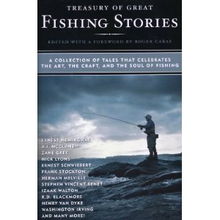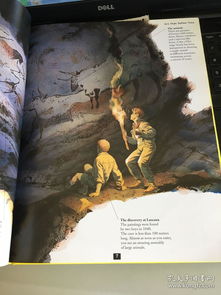Content:
In the world of angling, the use of lures has become an essential component of successful fishing. A lure, essentially a type of artificial bait, is designed to mimic the movement and appearance of real fish prey, enticing the target species to strike. Among the various fishing techniques, the art of lure casting stands out as a skill that requires precision, practice, and a deep understanding of the water and fish behavior. This article delves into the nuances of how to effectively use lures and offers a comprehensive guide on the techniques and strategies that can help you become a master of lure casting.
Understanding Lures
Before we delve into the casting techniques, it's crucial to understand the different types of lures available. Lures come in various shapes, sizes, and colors, each designed to attract specific species of fish. Here are some common types:
- Spinnerbaits: These lures create a whirlpool of water that attracts fish, often used in clear water conditions.
- Jigs: Jigs are heavy and designed to sink quickly, making them ideal for targeting bottom-dwelling fish.
- Soft plastics: These are flexible and can be molded into various shapes, perfect for imitating worms, lizards, and other baitfish.
- Topwater lures: These lures float on the surface and are used to imitate surface fish such as frogs or insects.
- Crankbaits: These lures dive beneath the surface and are excellent for targeting fish that suspend in the water column.
Choosing the Right Lure
The choice of lure depends on several factors, including the type of fish you're targeting, the water conditions, and the time of day. For instance, during low-light conditions, it might be best to use a lure that creates a lot of noise or movement to attract fish. Conversely, in clear water, a subtle lure may be more effective.

The Casting Technique
Casting a lure effectively is an art form that requires a balance of power, timing, and finesse. Here are some key points to consider:
- Backcast: Start by lifting the rod back, then accelerating it forward. The speed and angle of the backcast determine the trajectory of the lure.
- Power Stroke: The power stroke is the most critical part of the cast. It's where you apply force to propel the lure forward. The amount of force depends on the weight of the lure and the distance you're casting.
- Timing: Timing is everything in lure casting. You want to release the lure at the exact moment when the line is straight and the lure is traveling at its highest point.
- Accuracy: Aim for a target and practice making precise casts. This will help you present the lure in the right spot, increasing your chances of a strike.
Adjusting to the Conditions
Fish behavior can change with the weather, time of day, and water conditions. Here are some tips for adapting your lure casting technique:
- Wind: Wind can be a friend or foe. If you're casting into the wind, you'll need to use more force to keep the lure in the strike zone. Conversely, if you're casting with the wind, you can use less force.
- Water Temperature: Cold water tends to slow down fish metabolism, so you might need to use slower lures. In warmer water, faster-moving lures can be more effective.
- Time of Day: Early morning and evening are typically the most productive times for fishing. During these periods, fish are more active, and you may need to adjust your lure selection and casting technique accordingly.
Advanced Techniques
Once you've mastered the basics, you can explore more advanced techniques to enhance your lure casting:
- Trolling: Trolling involves slowly dragging a lure behind a boat. It's effective for covering large areas and targeting fish that are suspended in the water column.
- Jigging: Jigging involves quickly lifting and dropping a lure to mimic the movement of a struggling fish. It's particularly effective for targeting bottom-dwelling fish.
- Pitching: Pitching is a technique used to cast a lure directly at a specific target. It requires precise timing and control to place the lure exactly where you want it.
Conclusion
Lure casting is a skill that takes time to develop, but with practice and patience, you can become a proficient angler. By understanding the different types of lures, mastering the casting technique, and adapting to the conditions, you'll be well on your way to catching more fish. Remember, the key to success is not just in the lure you choose, but in how you present it to the fish. Happy fishing!












